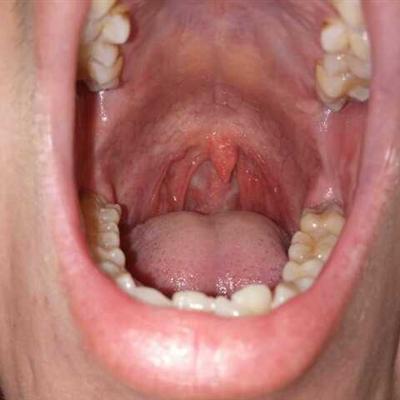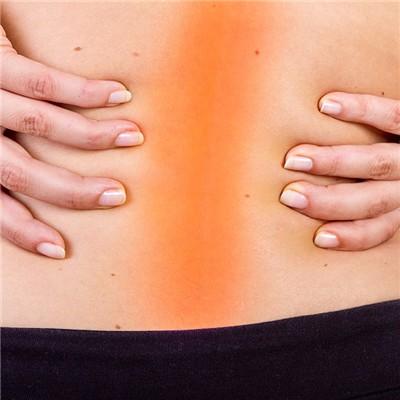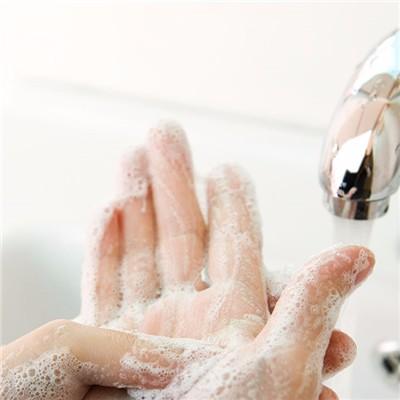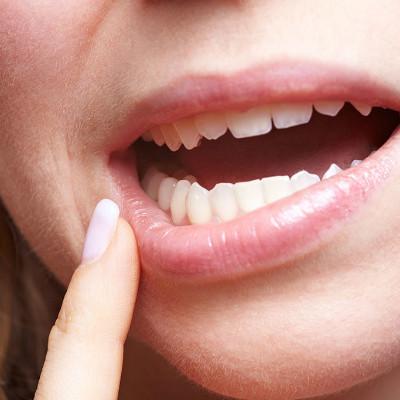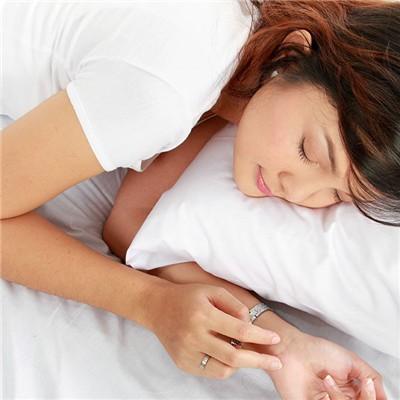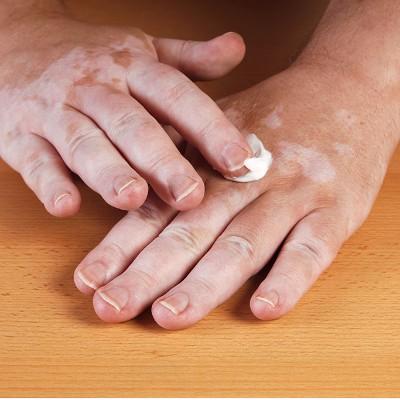What symptom is pityriasis rosea?
summary
Pityriasis rosea is a common skin disease. The reason why it is called pityriasis rosea is that its skin rash is rose red, slightly higher than the skin. Some are contained in the skin, with different sizes. Some are the size of a small button, some are the size of a coin, and are oval, covered with a thin layer of pityriform skin, which is called pityriform scales. What symptom is pityriasis rosea? Let's talk about it
What symptom is pityriasis rosea?
The disease mostly occurs in young or middle-aged people, especially in spring and autumn. The initial damage is the appearance of 1-3cm diameter rose pale erythema with thin scales on the trunk or limbs, which is called precursor spot, and the number is 1-3. After 1-2 weeks, red patches of different sizes appeared on the trunk and limbs, often symmetrically distributed. It began in the trunk and then gradually developed to the limbs.
The size of the patch varies from 0.2 cm to 1 cm in diameter, and it is usually oval. There are fine scales in the middle of the patch, and there is a layer of weak scales on the edge of the circle around. The long axis of the patch is parallel to the rib or dermatoglyph. It can be accompanied by different degrees of itching. Skin lesions in a few patients were limited to the head and neck or limbs.
Another group of patients, with sudden onset and no prodromal spots, often presented with large red patches or macular papules in the lower abdomen or inner thigh, with severe itching, and the damage rapidly extended to the trunk and limbs. These lesions gradually developed scab like lesions in the central part, and the scab fell off and presented with rosette like lesions. These patients may be caused by their own sensitivity reaction, Therefore, it is called Rose type hypersensitive dermatitis.
matters needing attention
Hot water and soap washing are forbidden in acute stage. It is forbidden to use external medicine with strong irritation. Clinical see many patients because of improper local nursing make the disease worse, prolong the course of disease, or turn into their own sensitive dermatitis. Antihistamines, such as chlorpheniramine, cyproheptadine, terfenadine, chlorpheniramine and vitamin C can be used.





